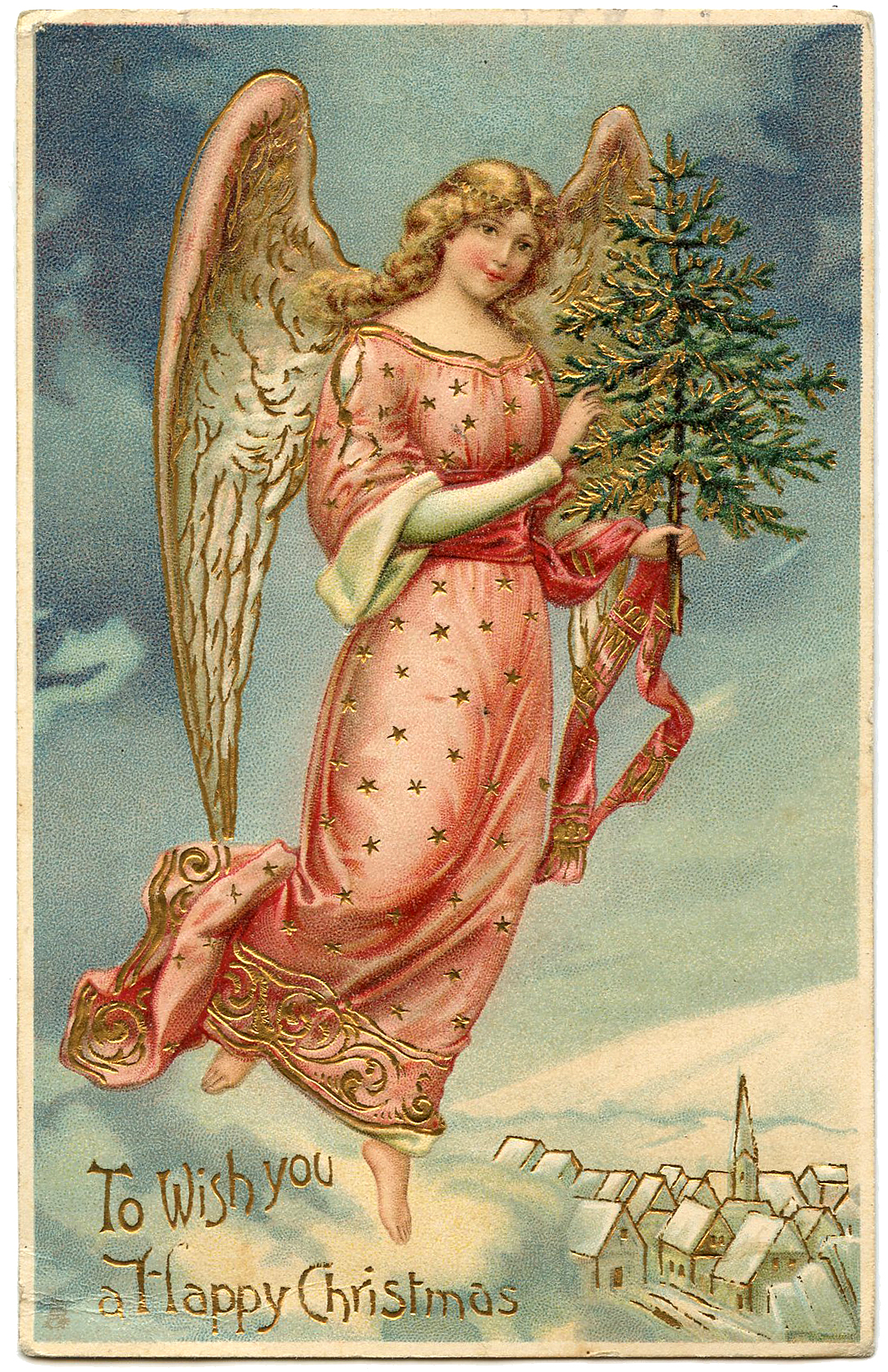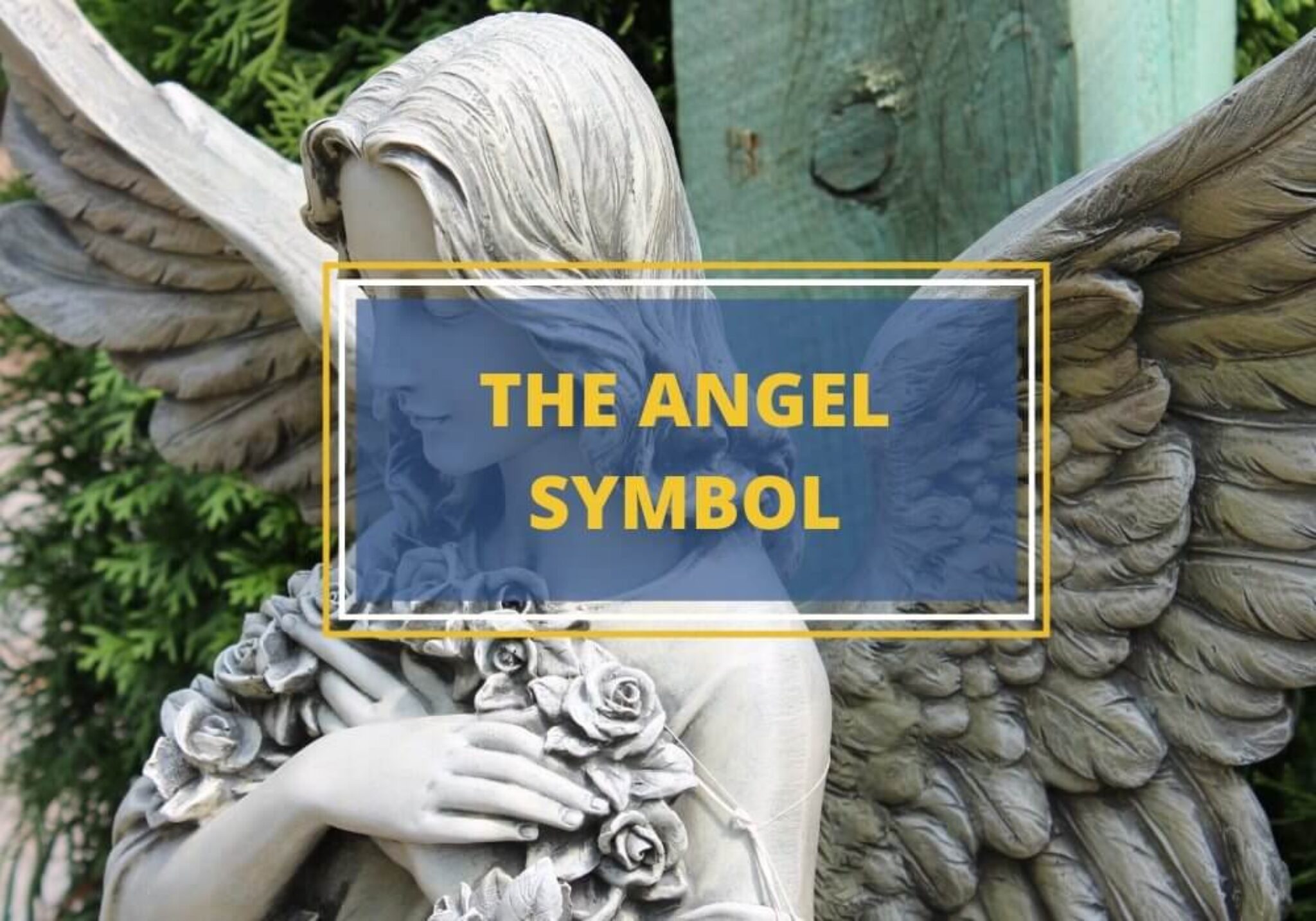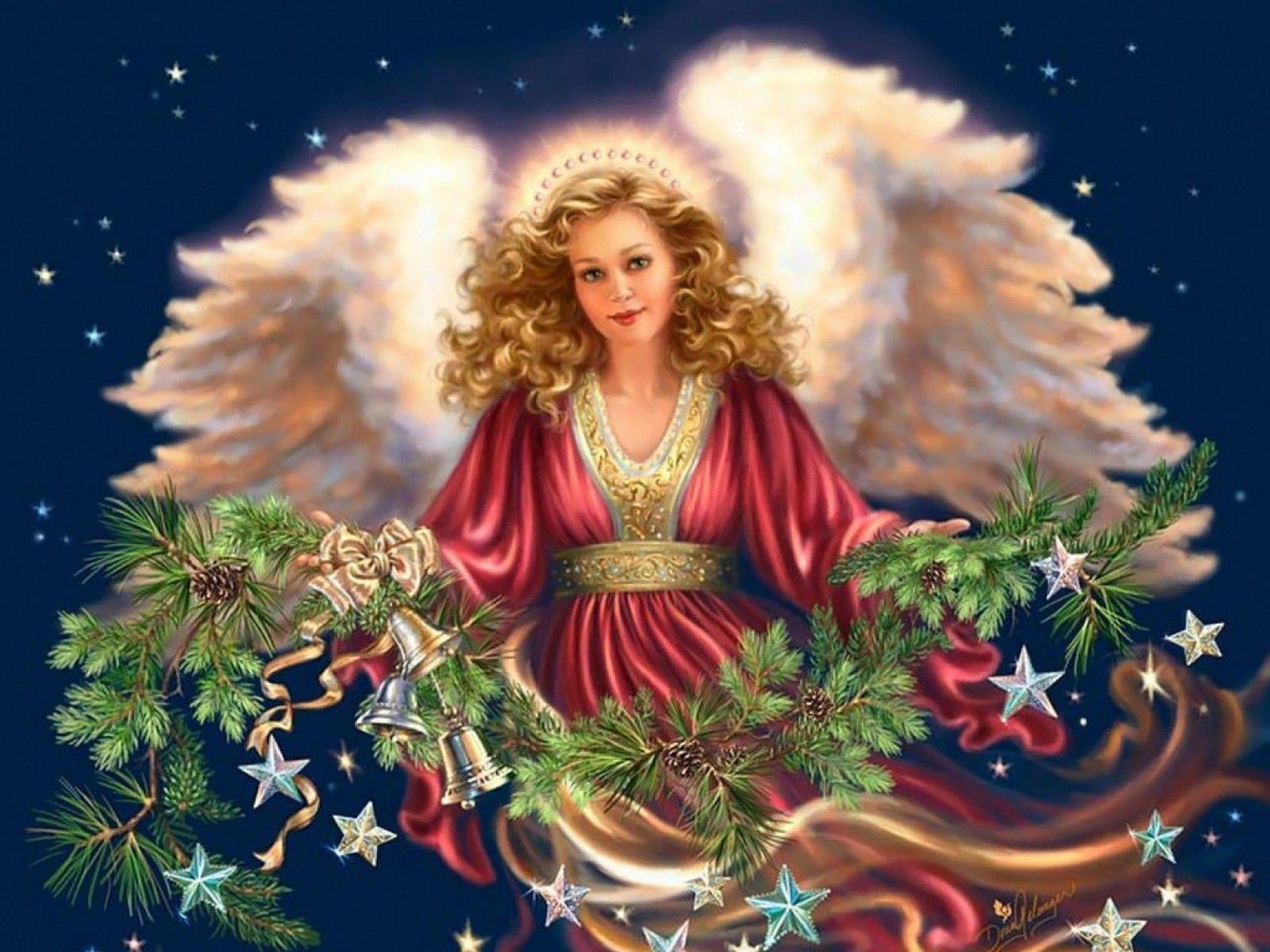The Celestial Symbolism of Christmas Angel Logos: A Timeless Tradition
Related Articles: The Celestial Symbolism of Christmas Angel Logos: A Timeless Tradition
- Season’s Greetings: A Comprehensive Collection Of Christmas And New Year Messages For 2024
- Embrace The Festive Spirit With Affordable Matching Family Christmas Onesies In 2024
- Illuminate Your Holiday With Vibrant Blue And Yellow Christmas Lights For 2024
- Christmas 1914: A Respite From The Trenches
- Christmas Aesthetic Wallpaper Collage 2024: A Festive And Nostalgic Journey
Introduction
With enthusiasm, let’s navigate through the intriguing topic related to The Celestial Symbolism of Christmas Angel Logos: A Timeless Tradition. Let’s weave interesting information and offer fresh perspectives to the readers.
Table of Content
Video about The Celestial Symbolism of Christmas Angel Logos: A Timeless Tradition
The Celestial Symbolism of Christmas Angel Logos: A Timeless Tradition

Introduction
The Christmas angel, an ethereal figure adorned with wings and a halo, has become an enduring symbol of the holiday season, representing hope, joy, and divine guidance. In the realm of branding and design, the Christmas angel logo has emerged as a timeless and evocative motif, capturing the spirit of the season and resonating with consumers worldwide. This article delves into the rich history, symbolism, and design principles that shape the Christmas angel logo, exploring its evolution and enduring appeal.
Historical Origins
The origins of the Christmas angel can be traced back to the biblical account of the angel Gabriel announcing the birth of Jesus to Mary. This celestial messenger became a popular subject in Christian art and iconography, often depicted with wings, a halo, and a trumpet. In the 19th century, the Christmas angel gained widespread popularity as a decorative element, adorning Christmas trees, cards, and other holiday decorations.
Symbolism and Meaning
The Christmas angel embodies a profound symbolism that resonates with people of all faiths and backgrounds. Its wings represent the ability to soar above earthly concerns and connect with the divine. The halo signifies purity, holiness, and the presence of God. The trumpet symbolizes the announcement of good news and the coming of the Messiah.
In addition to its religious connotations, the Christmas angel has also come to symbolize the spirit of the holiday season. It evokes feelings of joy, hope, and anticipation, reminding us of the magic and wonder that surrounds Christmas.
Design Principles
Christmas angel logos typically adhere to certain design principles that enhance their symbolism and aesthetic appeal. Here are some key considerations:
-
Shape: The wings and halo are essential elements that define the angel’s silhouette. Designers often use flowing, graceful lines to create a sense of movement and lightness.
-
Color: White is the traditional color for Christmas angels, representing purity and innocence. However, other colors can be used to convey different meanings, such as blue for peace, red for love, and gold for joy.
-
Details: Intricate details, such as feathers, stars, and ornaments, can add depth and interest to the design. These elements can also be used to symbolize specific aspects of the Christmas story or the holiday season.
-
Typography: The font used for the angel’s name or message should complement the overall design and evoke the desired mood. Serif fonts convey a sense of tradition and elegance, while sans-serif fonts create a more modern and minimalist look.
Variations and Adaptations
Over the years, the Christmas angel logo has undergone various adaptations and interpretations, reflecting the evolving tastes and preferences of consumers. Some notable variations include:
-
Cherubs: Cherubs are chubby, wingless angels often depicted with a playful and mischievous expression. They are popular in Christmas logos that target a younger audience.
-
Abstract Angels: Modern designers sometimes create abstract representations of angels, using geometric shapes and stylized lines to convey the essence of the celestial messenger.
-
Contemporary Angels: Contemporary Christmas angel logos often incorporate elements of popular culture, such as cartoon characters or celebrity endorsements, to appeal to a wider audience.
Impact and Legacy
The Christmas angel logo has had a profound impact on the branding and marketing of the holiday season. Its timeless symbolism and aesthetic appeal have made it a recognizable and beloved icon, evoking the spirit of Christmas and connecting with consumers on an emotional level.
From traditional department stores to online retailers, the Christmas angel logo has become synonymous with the holiday shopping experience. It adorns gift wrap, decorations, and marketing campaigns, creating a festive atmosphere and reminding shoppers of the joy and wonder of the season.
Conclusion
The Christmas angel logo is a powerful and evocative symbol that embodies the spirit of the holiday season. Its rich history, profound symbolism, and timeless design principles have made it an enduring icon in branding and marketing. As we approach the festive season each year, the Christmas angel logo continues to spread joy, hope, and anticipation, reminding us of the magic and wonder that surrounds this special time of year.




![]()



Closure
Thus, we hope this article has provided valuable insights into The Celestial Symbolism of Christmas Angel Logos: A Timeless Tradition. We hope you find this article informative and beneficial. See you in our next article!